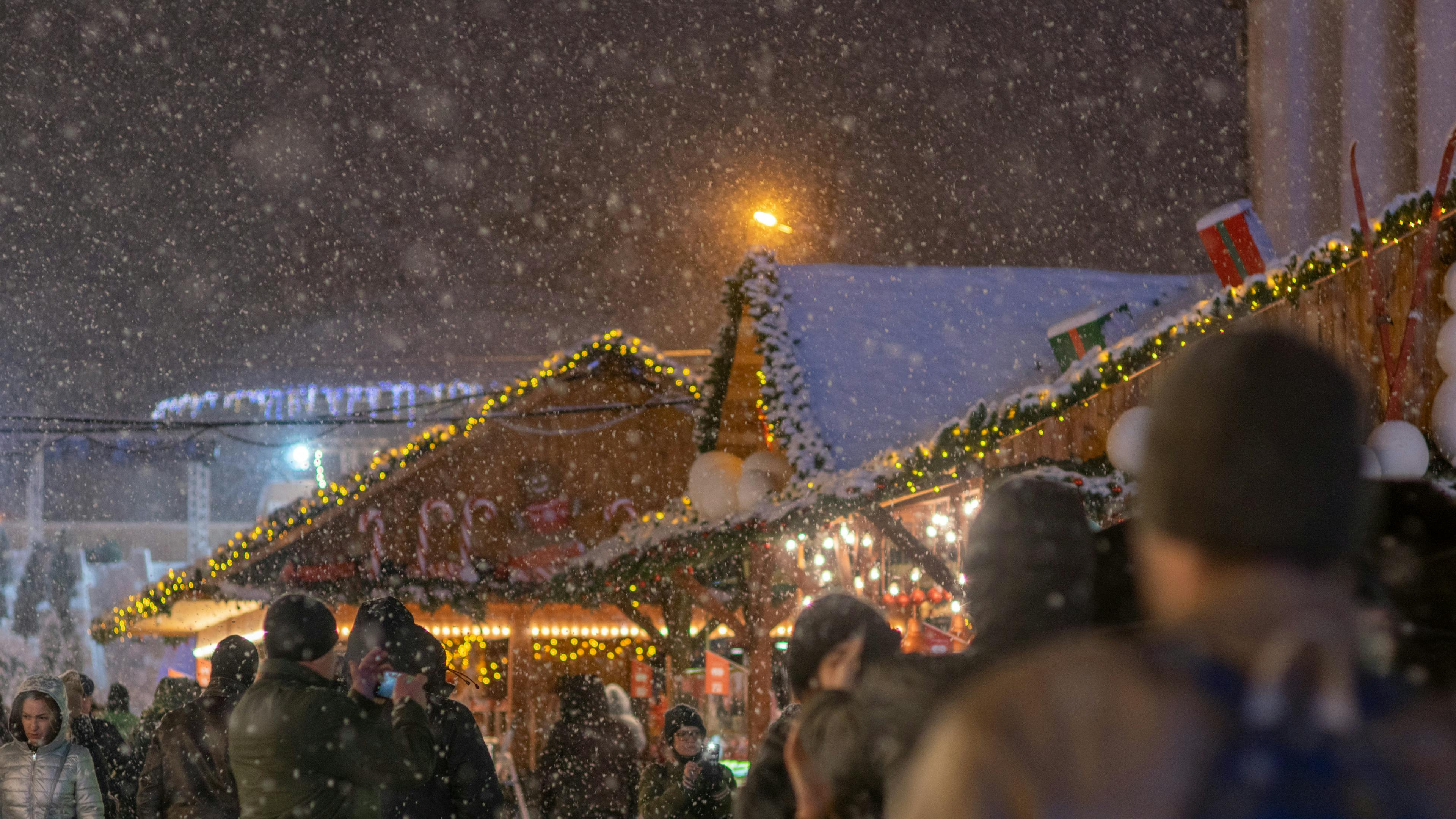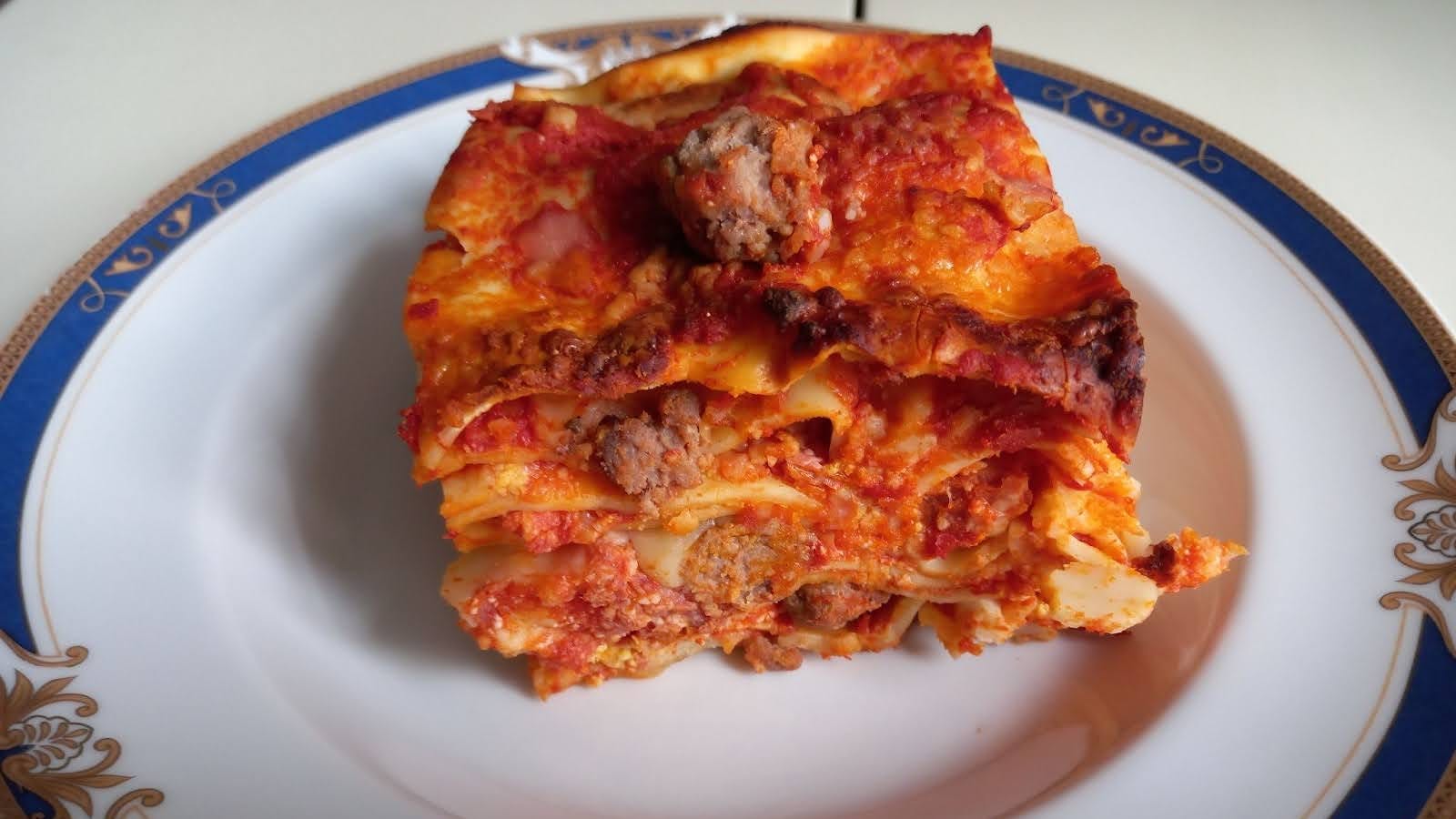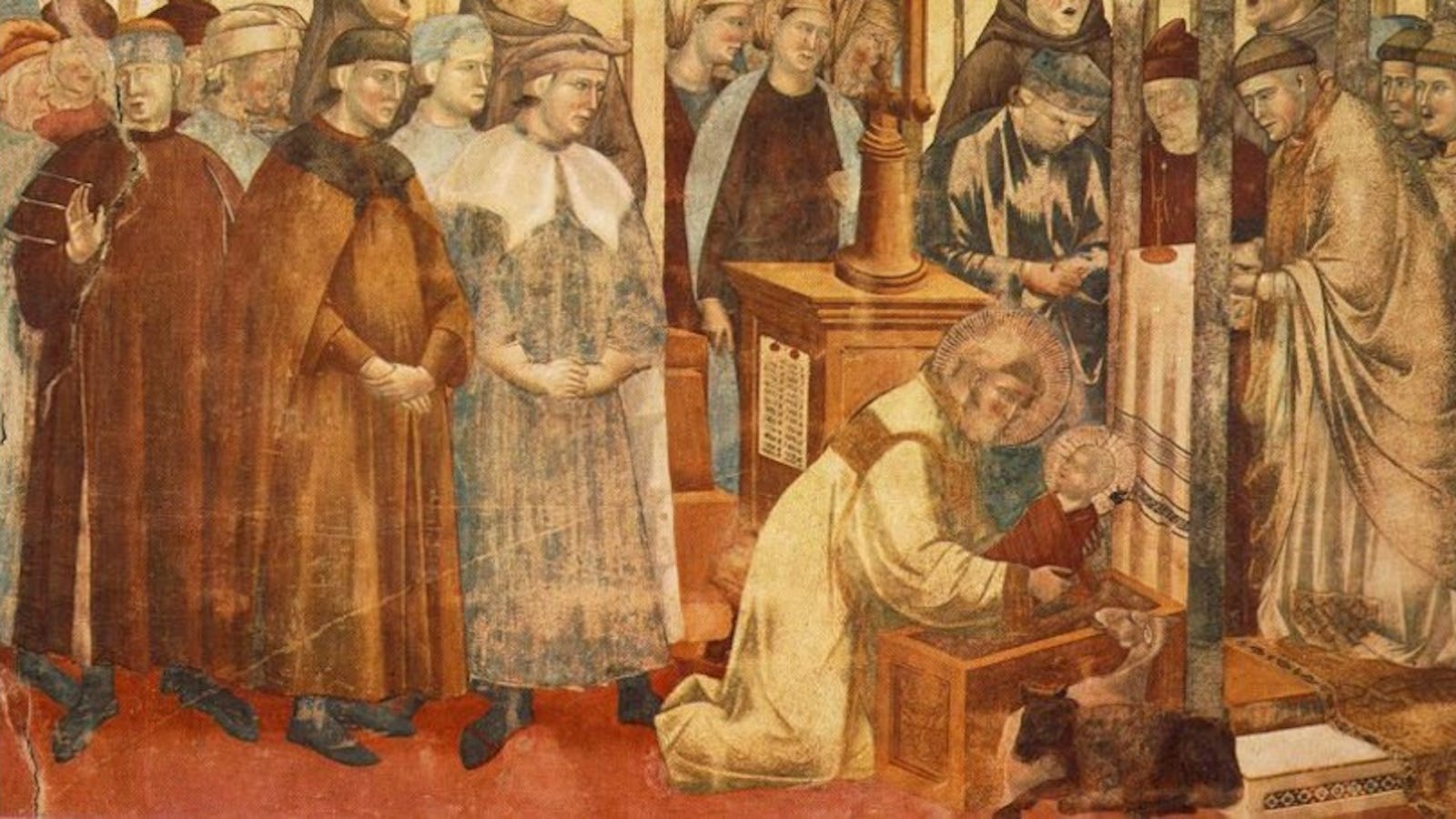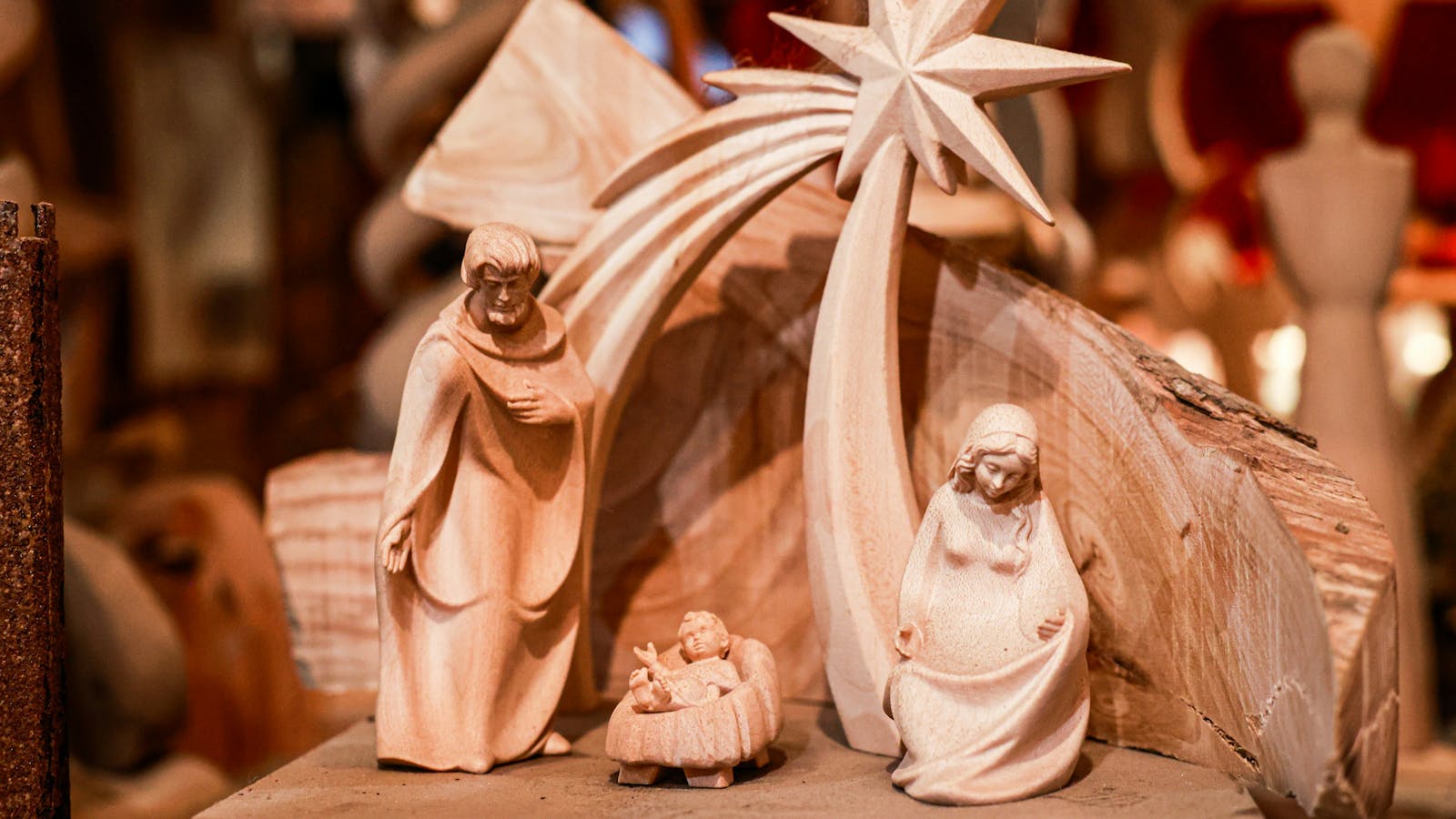

December has arrived, bringing with it the magic of Christmas, the time of year when families come together to share special moments, especially around the table.
To warm up the festive spirit and take you on a journey filled with holiday cheer, we’ve created a series of four delicious Christmas recipes. Last week, we shared the recipe for toasted bread slices with chicken liver pâté, today we’re diving into the recipe for Neapolitan lasagna while exploring the rich history of the Nativity scene.
Our kind Cesarina Antonia from Salerno has graciously shared her recipe for preparing this iconic pasta dish, a true staple of tradition.

The Neapolitan lasagna
A timeless first course with endless variations.
Ingredients
- Sauce
- Olive oil, celery, carrots, onions, garlic, basil
- 2 liters of tomato purée or peeled tomatoes
- 2 pork ribs
- 1 pezzentella (pieces of pork offal)
- Egg Pasta Dough
- 800 g of semolina flour
- 8 eggs
- Filling
- 500 g of mixed minced veal and pork
- 600 g of sheep's ricotta
- 1 salami
- 600 g of fior di latte mozzarella
- 300 g of grated Parmesan cheese
- Stale bread, as needed
- 7 eggs
Method
For the Sauce and Meatballs
- Prepare the ragù by sautéing finely chopped garlic, onion, celery, and carrots.
- In a large pan, heat extra virgin olive oil and cook the mixture until fragrant. Add the pork ribs and pezzentella.
- Add fresh basil and salt to taste, and let it simmer gently for a couple of hours.
- For the meatballs, combine the minced meat, one or two eggs, 100 grams of grated Parmesan, some soaked bread, and salt to taste.
- Shape the mixture into meatballs roughly the size of an olive, then fry them in a pan until golden.
- Boil five eggs, let them cool completely, and slice them.
For the Pasta Dough
- Mix 800 grams of semoline flour with 8 eggs to form a dough. Divide it into two portions and let them rest for about 15 minutes.
- Knead the dough portions again, then let them rest for about an hour.
- Roll out the dough into small pieces, flatten them with a rolling pin, and pass them through a pasta machine to create lasagna sheets.
- Bring a large pot of water to a boil. While waiting, prepare the other ingredients for assembling the lasagna:
- Dice the fior di latte mozzarella. Loosen the ricotta with a bit of water. Slice the hard-boiled eggs and the salami. Grate the Parmesan and add the meatballs to the ragù.
- When the water boils, cook three or four pasta sheets at a time for about two minutes (al dente).
- Place the cooked sheets on a large plate to cool.
Assembly
- Spread a few spoonfuls of ragù on the bottom of a baking dish.
- Lay down the first sheet of pasta, then cover it with ragù, ricotta, grated Parmesan, diced fior di latte, meatballs, slices of salami, and hard-boiled eggs.
- Repeat the layers until all ingredients are used, finishing with a layer topped only with ragù and Parmesan.
- Bake in the oven at 180°C (355°F) for about 60 minutes.
- Let the lasagna rest for an hour before serving. Enjoy it warm!
The origins of tradition
The tradition of the Nativity scene has its roots in the biblical narrative of Jesus’ birth, as told in the Gospel of Luke, with its scenes originally depicted in the frescoes of Roman catacombs. It was Saint Francis of Assisi who, in 1223, created the first living Nativity scene in Greccio, aiming to make the story more tangible and accessible, even for the less-educated faithful.

Artistic evolution and key figures
Over the centuries, the Nativity scene has undergone significant artistic evolution. In 1283, the artist Arnolfo di Cambio crafted the first Nativity with marble statues, depicting the Nativity and the Magi. This marked a shift from symbolic representation to true sculptural artistry.
From the 17th century onward, particularly in Naples, artists began to enrich Nativity scenes with figures from everyday life, transforming them into more realistic and bustling compositions. This innovation became a defining characteristic of the Neapolitan Nativity scene. In regions like Lazio, the tradition developed a strong connection to local culture, with the Rieti Nativity reflecting the customs and lifestyles typical of the area.
In many regions, the Nativity scene is more than just a religious symbol; it is a profound cultural expression, integrating and mirroring elements of daily life and traditional landscapes. Its evolution showcases the blending of faith, art, and local identity, making each scene unique to its origin.

The Nativity scene has found its place not only in churches but also in homes and public squares. Over time, the scene has continued to evolve, incorporating technological enhancements such as lights, sound effects, and moving figures.
Today, Nativity scenes range from traditional displays to modern interpretations are often showcased in shopping centers, public exhibitions, and other unconventional settings. These adaptations reflect both the enduring charm and the versatility of this tradition, blending timeless spirituality with contemporary creativity.